|
Here in Britain, as across northern Europe generally, the slugs and snails we find today are those that were able to move north as the ice sheets of the last glaciation retreated and the climate got warmer. We have a snail fauna with relatively few species at national level, though individual sites can be very rich. Most have very large geographical ranges. Further south, and especially round the Mediterranean, far more species were able to survive through glaciations and other climate changes. There are many species with very limited ranges (“restricted endemics” in the language of biogeographers), so that the faunas of countries like Greece, Spain and Italy are far richer than ours. This richness, and the presence of lots of rare and restricted species is attributed to the existence of “Pleistocene refugia”. This works very well for species of open country, but although forest species feature too, the Mediterranean area seems not to have supported large areas of forest, because it was too dry. The one place which stayed wet and warm enough to support large areas of deciduous forest throughout the Pleistocene ice ages seems to be the Caucasus. So the snail faunas in forests there should tell us how things develop in an area which has been stable for millions rather than tens of thousands of years. Two of us (Beata and Robert) have been studying forest snail faunas around the world for several years. Levan (as far as we know, the only mollusc enthusiast in Georgia) was studying variation among populations of Helix species in Georgia. (Figure 1). We managed to arrange a collaborative project to look at forest faunas in the Lesser and Greater Caucasus in the summer of 2008, backed enthusiastically by the Dean of Biology at Ilia Chavchavadze University, Tbilisi, David Tarknishvili. In three weeks, we sampled 30 forest sites, from Batumi on the Black Sea coast through to the magnificent nature reserve of Lagodekhi near the border with Azerbaijan. We were lucky to complete our fieldwork before the Russian invasion in August, especially as Russian forces firebombed at least one of the unique nature reserves in which we had worked, an act of gratuitous environmental vandalism (Figure 2). What did we find? To our initial surprise, collecting was harder than in N. Europe, except where there was exposed limestone. On reflection, however, this is perhaps not so surprising, as most of the forests were on acid soils with very heavy rainfall (up to 4000 mm per year near Batumi); Rhododendrons are the commonest understory shrub, and we soon learnt to associate it with difficult sampling! As might be expected, it took us some time to identify all the material we had collected. The literature is good, but mostly in Russian, and there are few specimens from the area in accessible museums. The new (English) edition of Schütt’s (2005) compendium of Turkish snails was also useful. The families with the most species were Clausiliidae (Figures 3-5) and Zonitidae (in the old, inclusive sense). Fortunately we had the expertise and collections of Dolek Riedel to assist with the latter, and Andrzej Wiktor identified the slugs: large and spectacular but hard to find (Figures 9 & 10). There were relatively few Helicoids (e.g. Figure 8) (a relief, as those in open habitats are hard to tell apart, with many taxonomic revisions). There were also a large number of Leiostyla species (e.g. Figure 7), which Beata will use to analyse the biogeography of this strange genus: many species in Madeira and the Caucasus, very few in between (L. anglica, found in Britain, is the only widespread species surviving). Just a handful of species are found also in Britain (for example Nesovitrea hammonis, Punctum pygmaeum and Carychium tridentatum). The highlight was the first discovery of living Carychium schlickumi, a species known previously only as a Pliocene fossil and possibly from beach debris on the Black Sea (identity determined by Ewa Stworzewicz). In the most disturbed sites we also found Paralaoma servilis; this species seems to get everywhere! The faunas of individual sites are not rich, usually less than 20 species, significantly poorer than those that can be found in N. Europe. But overall, we found more than 90 species, most of them endemic to the Caucasus (including north eastern Turkey). Individual sites differ far more in their faunas than we would expect in England or Poland, but many species seem to have rather wide but discontinuous geographical ranges, rather than being very narrowly restricted. So there is a geographical pattern in the faunas, but it is messy. Many of our records extend the known distributions within the region. Except that the kinds of snails (medium to large species such as clausiliids and helicoids) are typical of Europe, the pattern looks similar to that seen in some tropical and subtropical forests where most species involved are much smaller. Levans’s work on the molecular genetics of the endemic Helix species (at the Biodiversity Research Centre of Chavchavadze University) will help us determine how long isolated populations of a species have been separated. His preliminary results show that there is at least pre-glacial isolation in the closely related species of the genus found in different parts of Georgia. Very few of these Caucasian species have managed to spread elsewhere since the last glaciation. Apart from people mentioned already, Robert Cameron thanks the British Ecological Society for a Small Ecological Project Grant, Beata Pokryszko thanks Wrocław University for assistance, and all of us thank Giorgi Chaladze for magnificent driving and help in the field. Reference: Schütt, H. 2005. Turkish Land Snails (4th ed), VNW, Solingen. |
Figure 1 by Beata Pokryszko, all others by Robert Cameron |
Snailing in Georgia
Issue
21
Page
5

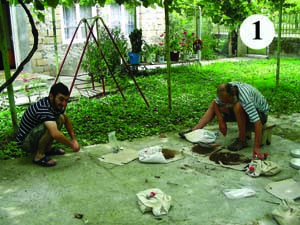 Figure 1. Levan Mumladze and Robert Cameron sorting samples at Lagodekhi.
Figure 1. Levan Mumladze and Robert Cameron sorting samples at Lagodekhi.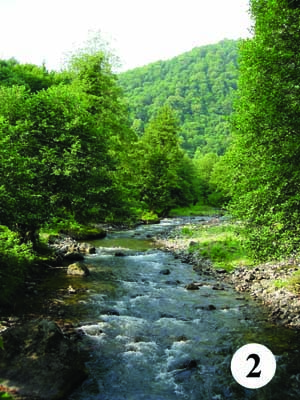 Figure 2. In the Borjomi Nature Reserve.
Figure 2. In the Borjomi Nature Reserve.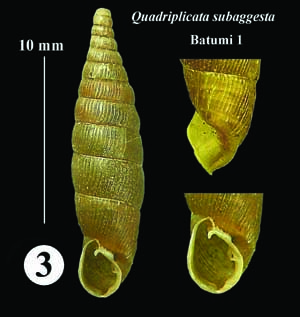 Figure 3. Quadriplicata subaggesta, Batumi.
Figure 3. Quadriplicata subaggesta, Batumi.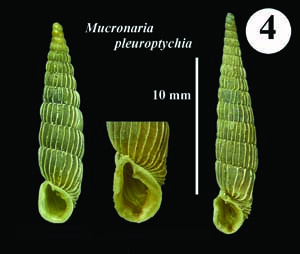 Figure 4. Mucronaria pleuroptychia, Ambrolauri, Greater Caucasus.
Figure 4. Mucronaria pleuroptychia, Ambrolauri, Greater Caucasus.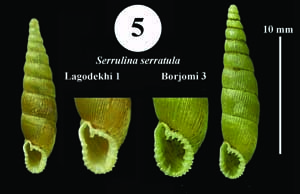 Figure 5. Serrulina serratula, Lagodekhi and Borjomi.
Figure 5. Serrulina serratula, Lagodekhi and Borjomi.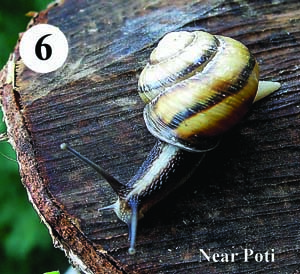 Figure 6. Caucasotachea calligera, near Poti.
Figure 6. Caucasotachea calligera, near Poti.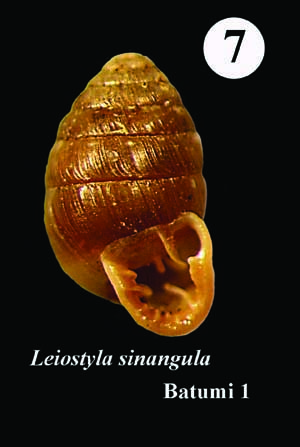 Figure 7. Leiostyla sinangula, Batumi.
Figure 7. Leiostyla sinangula, Batumi.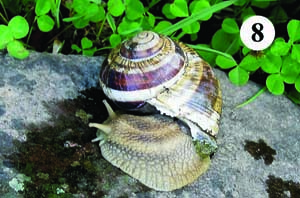 Figure 8. Helix goderdzi, Goderdzi Pass.
Figure 8. Helix goderdzi, Goderdzi Pass.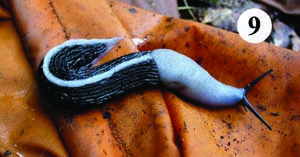 Figure 9. Gigantomilax lederi, Borjomi.
Figure 9. Gigantomilax lederi, Borjomi.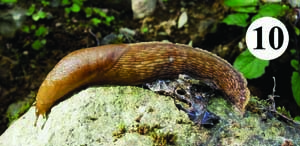 Figure 10. Eumilax brandti, Bakhmaro.
Figure 10. Eumilax brandti, Bakhmaro.